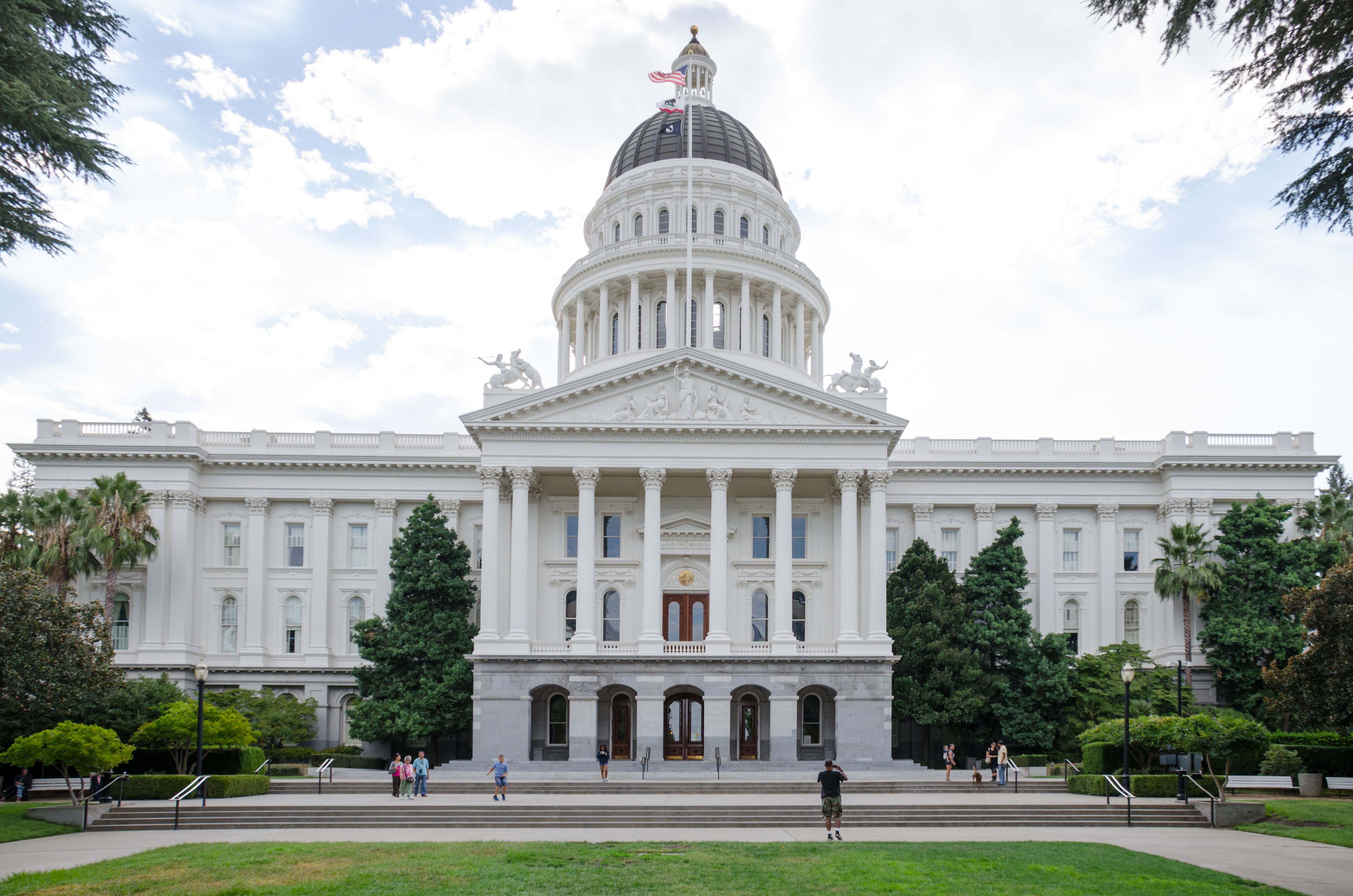
On October 24 at 3:55 I will be speaking at the California Society of CPAs Accounting and Auditing Conference where industry speakers and experts will provide comprehensive updates on current issues and emerging trends. The conference runs the 24th and 25th.
My topic is valuation of donated medicine in the not-for-profit community. I have the privilege of working with a 75 minute block of time.
If you are able to attend the session you will gain an understanding of the long-term enforcement effort at the federal and state level regarding valuation of donated meds. My concern is that the governor’s veto of AB 1181 is not the end of the enforcement actions considering what has happened over the last 9 years.
Title of the session is “California GAAP” – A case study in valuation of donated medicine.
Overview of the session from the conference schedule:












